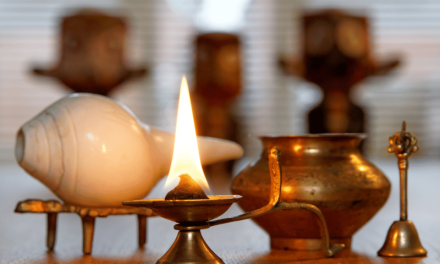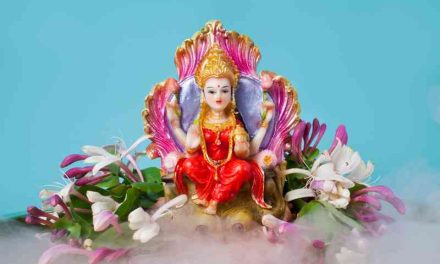The renditions of the Ramayana state that Seetha’s captive place in Sri Lanka was within a dense Ashoka forest (Ashoka Vana). As well as the unearthing, roughly a century ago, three idols, are indicators that Sita once resided in these areas. It is claimed that worship of the idols has taken place at this location for many hundreds of years in the past.
The second school of thought maintains that Ravana’s palace formerly stood at one of the nearby locations. On the road leading to Kandy, the temple complex may be found roughly 5 kilometers away from the town of Nuwara Eliya. On a strip of ground that is about a quarter acre in size, there are now two new temples.
The other temple is devoted to Hanuman, whereas the first one is named after Seetha. The Seetha Amman Temple is designed to resemble any other contemporary temple, complete with a multicolored dome decorated with images from Hindu mythology Ramayana.
The new temple now has Rama, Seetha, and Laxman depicted by brand new sculptures that have been erected within. On the side that is closest to the river bank, there is a little shrine with three idols that have become tarnished over the course of the last century.
Seetha used to sit and meditate on a rock that is located on the other side of the river. In addition, the presence of this Ashoka woodland is unequivocal proof that she visited this area after being taken to Sri Lanka. Another common belief is that the water in the stream loses all of its taste at a certain point along its course.
“This is the location where Seetha made her curse. You are not permitted to consume the water. “Drink it a little farther downstream,” one of the temple workers advised. Temple personnel are delighted to show guests the location where Seetha bathed, the stone she sat on, and where she prayed.
The believers here are obviously committed to their beliefs, and they are certain that the event described in the passage of the Ramayana epic really did take place here. According to the Epic Ramayana, it is said that King Rama took his wife Seetha and hid her at this location so that she would be safe from the demon king Ravana.
It is often held that Seetha had a bath in the stream that is located nearby, and that the rock that is located just next to the stream was the area where she prayed while she was there. On the rock face on the other side of the creek are a series of circular depressions that are said to be the footprints of Ravana’s elephant.
The ground in this area has a dark color to it. It is believed that Hanumanji set fire to this region just before he departed Sri Lanka since the Ramayana legend describes him doing so. Even in modern times, people have been able to see Lord Hanuman’s footprints along the stream that is located adjacent to the Sita Amman Temple.
The temple is known under several different names, such as Seetha Amman Temple, Hanuman Temple, and Sri Bhakta Hanuma Kovil, which all relate to the same site.





